Gluing Composite Decking to Concrete: Pros, Cons, and Best Practices
Explore the advantages and disadvantages of attaching composite decking directly to concrete using adhesives, along with best practices for successful installation.
Gluing Composite Decking to Concrete: Pros, Cons, and Best Practices
Introduction
Composite decking has become a popular choice for outdoor living spaces due to its durability, low-maintenance requirements, and aesthetic appeal. When it comes to installing composite decking over concrete surfaces, the use of adhesives can offer several advantages. However, it is essential to understand both the benefits and potential drawbacks of this approach before proceeding with installation. This comprehensive guide will explore the pros and cons of gluing composite decking to concrete, providing expert advice on preparation, application techniques, and maintenance tips to ensure longevity.
The Pros of Using Adhesives for Composite Decking on Concrete
One of the primary advantages of using adhesives to attach composite decking to concrete is the ability to create a seamless, gap-free surface. This method eliminates the need for screws or other fasteners, which can detract from the overall appearance of the deck. Additionally, adhesive bonding can provide superior strength and stability, reducing the risk of warping or movement over time. Moreover, adhesives can help prevent water infiltration, which is particularly beneficial in areas prone to heavy rainfall or flooding.
The Cons of Using Adhesives for Composite Decking on Concrete
While adhesives offer several benefits, they also come with certain disadvantages. One significant concern is the potential for delamination if the adhesive fails or deteriorates over time. This can lead to costly repairs and the need for complete replacement of the deck. Another drawback is the difficulty in removing the composite boards in the future, as the adhesive bond can be quite strong. Furthermore, improper application or environmental factors such as temperature fluctuations and UV exposure can compromise the effectiveness of the adhesive, leading to premature failure.
Expert Advice on Preparation and Application Techniques
To ensure successful installation when gluing composite decking to concrete, thorough preparation is crucial. Begin by thoroughly cleaning the concrete surface to remove any dirt, debris, or oils that could interfere with adhesion. Ensure the concrete is dry before applying the adhesive. Choose a high-quality, weather-resistant adhesive specifically designed for composite materials and concrete. Apply the adhesive evenly across the back of each composite board, following the manufacturer’s instructions regarding quantity and spreading pattern. Finally, carefully place each board onto the concrete surface, ensuring proper alignment and immediate weight-bearing support to prevent shifting.
Maintenance Tips for Longevity
Regular maintenance is key to extending the lifespan of a glued composite deck. Periodically inspect the deck for signs of wear, such as cracks or loose boards. Address any issues promptly to prevent further damage. Keep the deck clean by sweeping away leaves and debris regularly. Avoid using harsh chemicals or abrasive tools that could harm the composite material or the adhesive bond. Consider applying a sealant every few years to protect against moisture and UV rays, which can degrade both the composite boards and the adhesive.
Conclusion
Gluing composite decking to concrete can offer numerous benefits, including a seamless appearance and enhanced stability. However, it is important to weigh these advantages against potential drawbacks, such as the risk of delamination and the difficulty in future removal. By following expert advice on preparation, application techniques, and regular maintenance, you can maximize the longevity of your glued composite deck. Remember to choose high-quality materials and adhere to best practices throughout the installation process.
Reference
How to Glue Composite Decking to Concrete – Family Handyman
Baoding Plastroy WPC Products
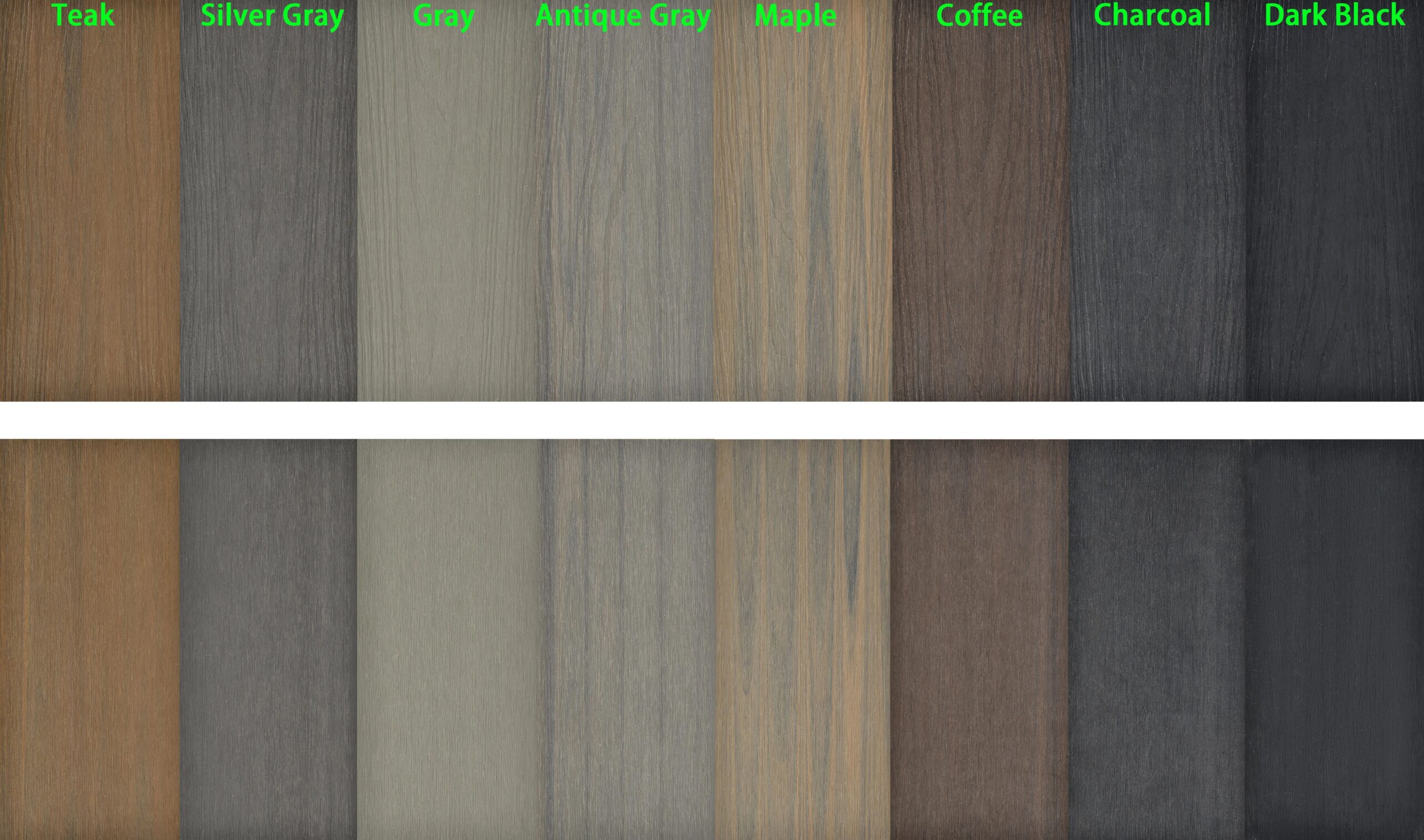

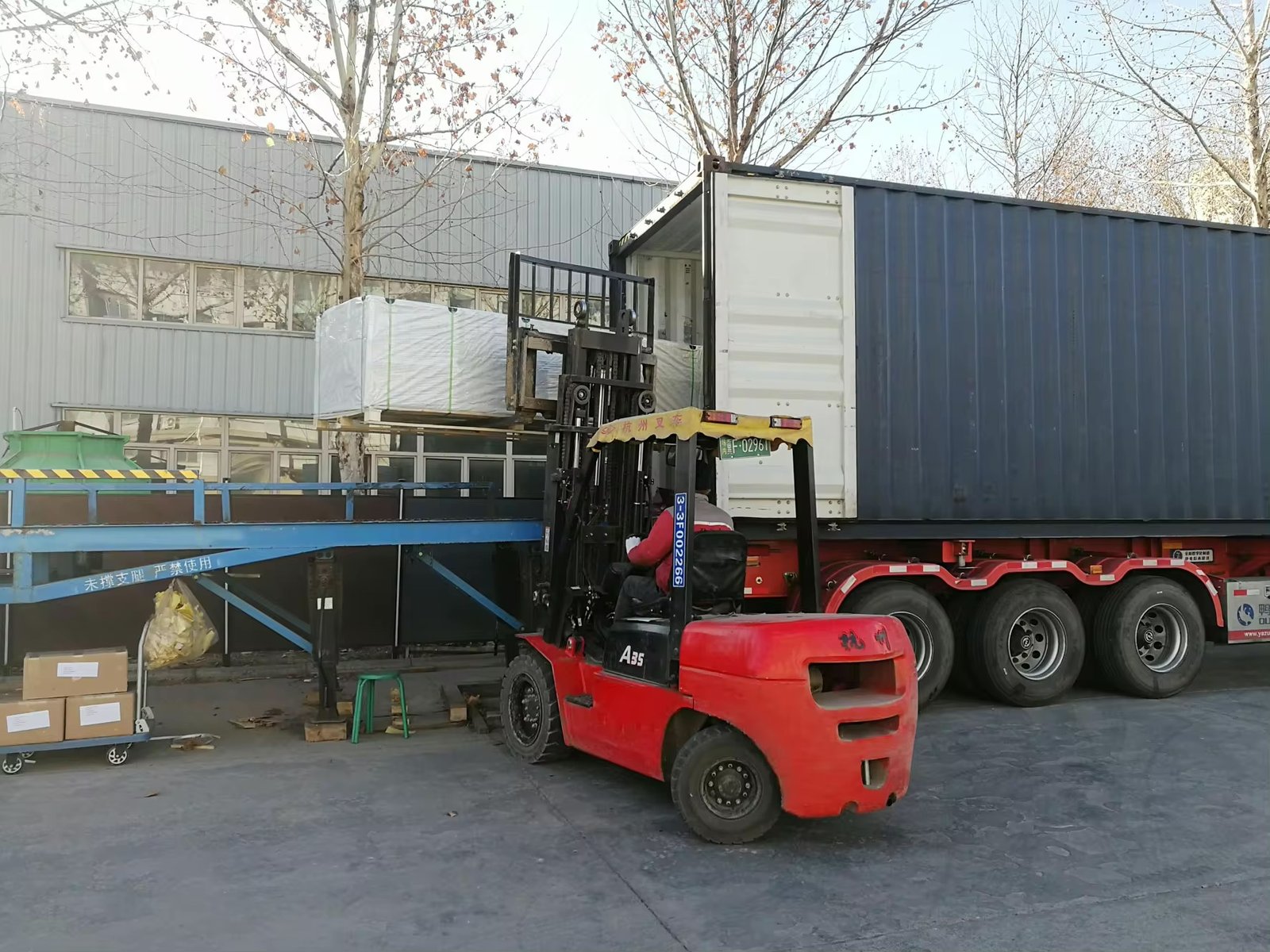
Why Choose Plastory?
Baoding Plastory New Materials Co., Ltd. is a manufacturer of decorative materials with over 9 years of experience and 56 separate production lines.
Currently, our annual production exceeds 30,000 tons, with products exported to more than 50 countries worldwide.
Plastory is the drafting unit of the WPC National Standards and has obtained certifications such as REACH, ASTM, CE, and FSC. Plastory is dedicated to maintaining consistent quality, focusing on details, and prioritizing customer satisfaction.
Our factory is located in Baoding, Hebei Province, China, with a prime location and convenient transportation access. Baoding is approximately a 1.5-hour drive from Beijing Capital International Airport and just 2 hours away from Tianjin Port, making it easy for global clients to visit and facilitating efficient shipping of goods. Our facility spans a large area, equipped with advanced production equipment and modern testing facilities to ensure that every batch of products meets the highest quality standards.
We warmly welcome clients from around the world to visit our factory, where you can see our production processes firsthand and experience our product quality. Please feel free to reach out to us—we are committed to providing you with the best products and services.
Kindly get in touch with us to request a product catalogue.

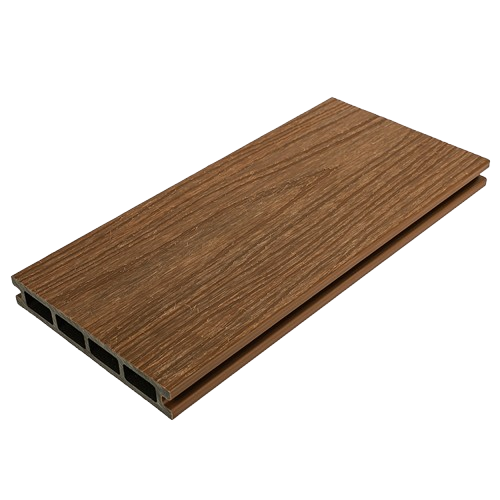

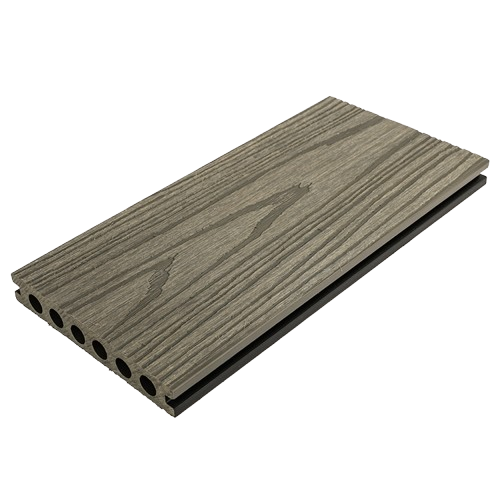
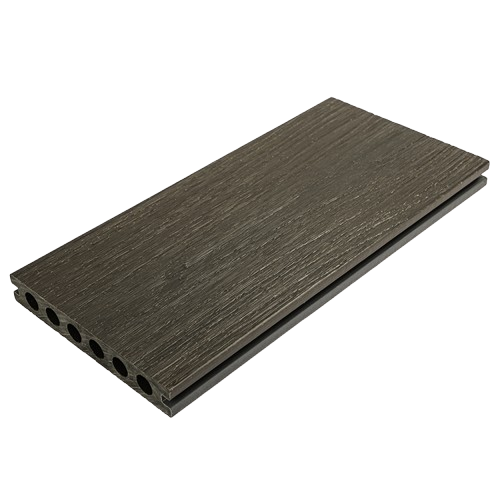
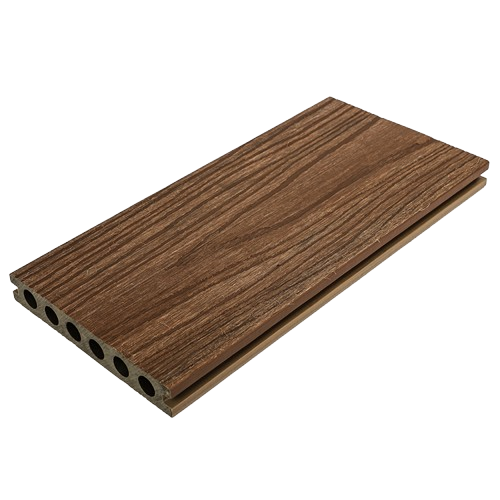
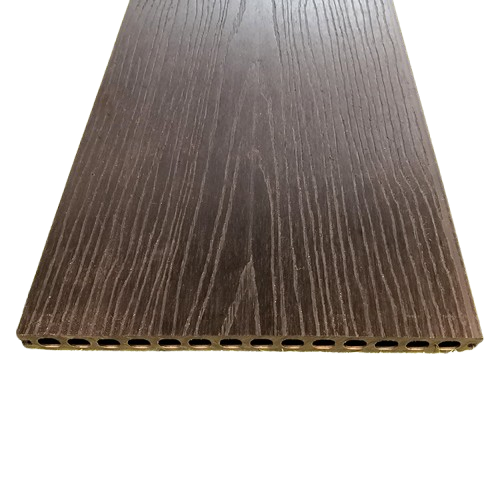
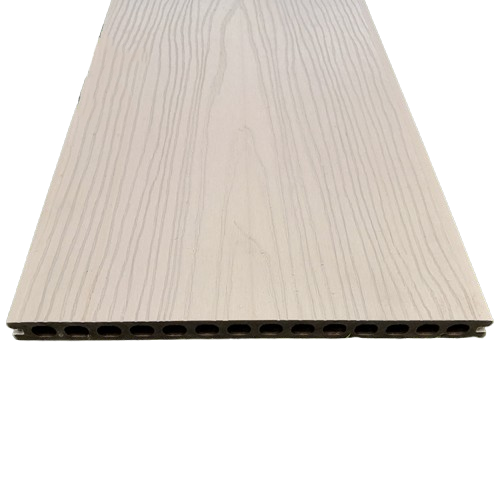

Reviews
There are no reviews yet.